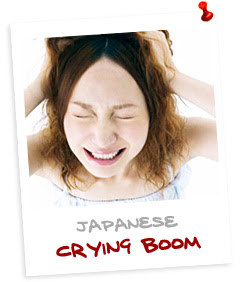

Surely this Crying Boom can't simply be a foible of Japanese culture? I wonder if it will ever spread to the West? And I would love to know if Japanese ads have gotten more weepy since the boom began... let me know if you come across any.
"All great discoveries are made by men whose feelings run ahead of their thinking" - C. H. Parkhurst




Dan Ng recently tipped me off that The New York Times had covered a new campaign by Home Depot in the USA which "taps into the weepy side of reality TV". The article, by Stuart Elliott, describes the campaign as a cross between a reality TV series 'Extreme Makeover: Home Edition' and "commercials for Hallmark Cards"
Elliott says "the intense emotions generated by reality TV, as well as talk shows like Oprah Winfrey’s, are largely because of their focus on so-called real people, prompting marketers like Frito-Lay, Geico, Home Depot and Sears to climb aboard the reality bandwagon".
The lead ad is especially weepy and involves a single mother:
“My name is Amy. Eleven years ago, I was a shy, new single mom, trying to just kind of make it on my own. When I bought the house, and I’ll try not to cry on this one, 15 days after I bought the house, my dad died.”
“He remodeled every house we lived in,” she adds, crying.
Another ad involves an occupational therapist who's been helping her patient (who had suffered a brain anneurism) to remodel her home.
“It takes a lot of courage for someone to get back into their life again,” Tammy says of Phyllis, choking up. “Because of that, Phyllis will always be a hero to me.”
You can see all the stories here.



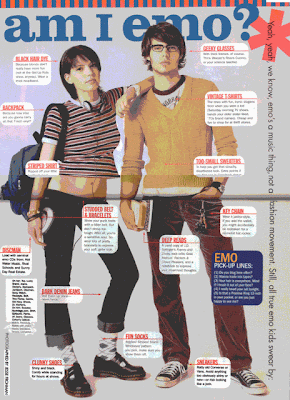
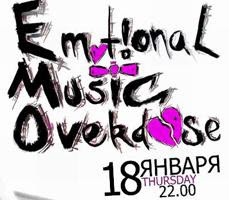
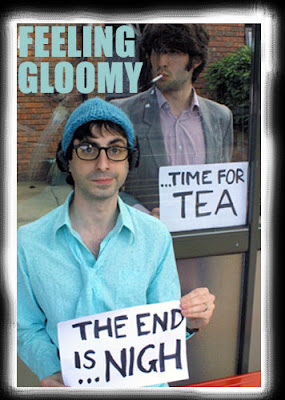




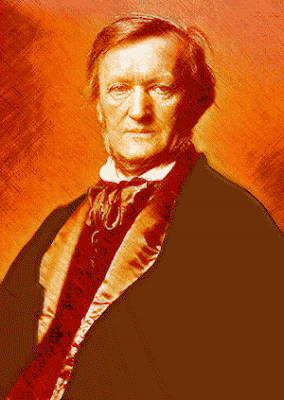

A final point... lack of resolution may leave it open to the consumer to interpret what has happened, what they have felt, what it means... and in an era where consumers define brands as much as marketing professionals... perhaps this is no bad thing?
Well next time I post on this all-negative all-the-time thing I hope to have a little more ammo than a musical analogy... but even if it is the case that an all-negative ad would just leave me feeling "bewildered and upset", the last paragraph of my Admap article suggests that could be quite a nice experience.